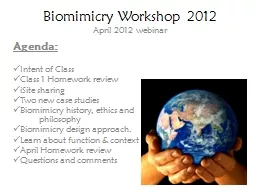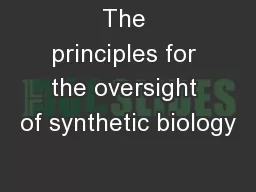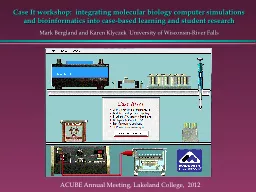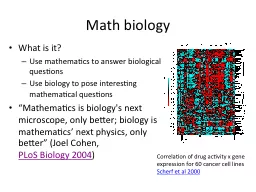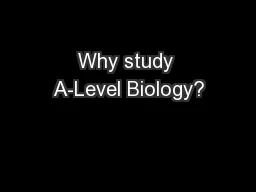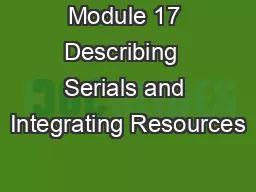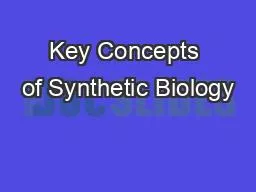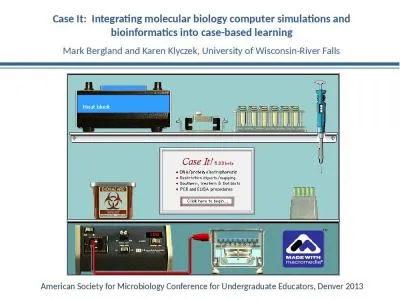PPT-Integrating Concepts in Biology
Author : pamella-moone | Published Date : 2016-11-11
PowerPoint Slides for Chapter 24 Homeostasis at the Population Level by A Malcolm Campbell Laurie J Heyer and Chris Paradise A peregrine falcon Falco peregrines
Presentation Embed Code
Download Presentation
Download Presentation The PPT/PDF document "Integrating Concepts in Biology" is the property of its rightful owner. Permission is granted to download and print the materials on this website for personal, non-commercial use only, and to display it on your personal computer provided you do not modify the materials and that you retain all copyright notices contained in the materials. By downloading content from our website, you accept the terms of this agreement.
Integrating Concepts in Biology: Transcript
Download Rules Of Document
"Integrating Concepts in Biology"The content belongs to its owner. You may download and print it for personal use, without modification, and keep all copyright notices. By downloading, you agree to these terms.
Related Documents


